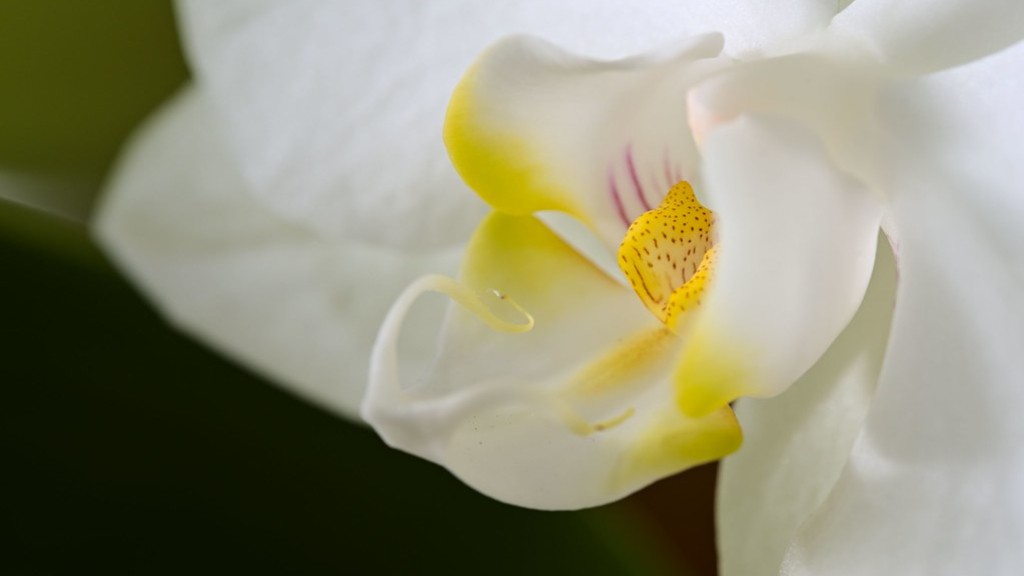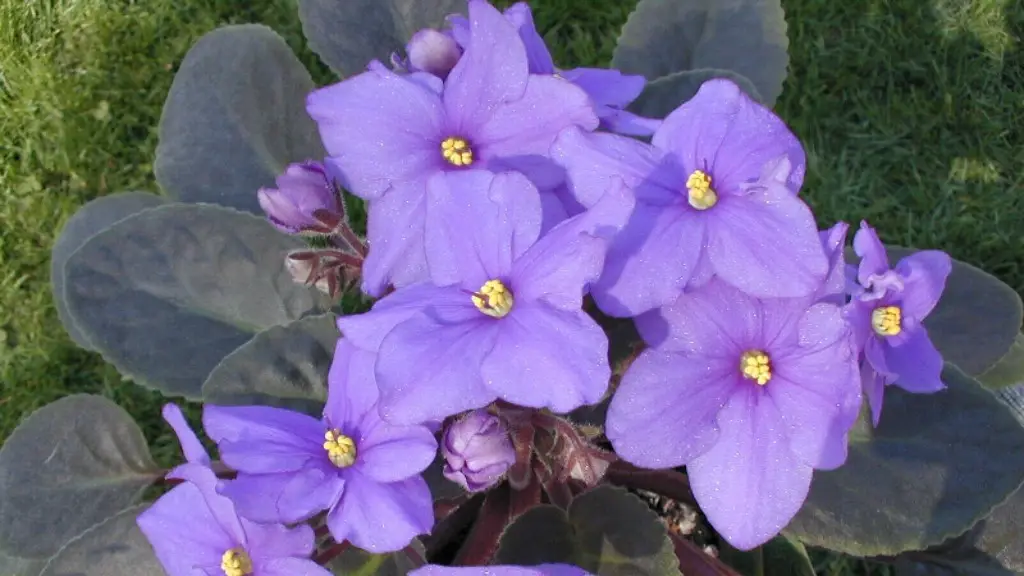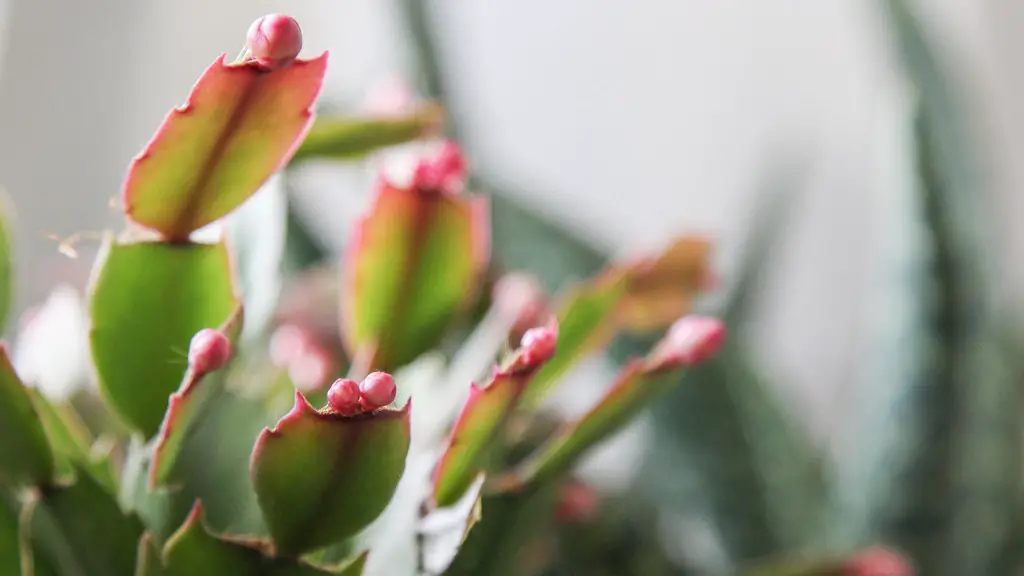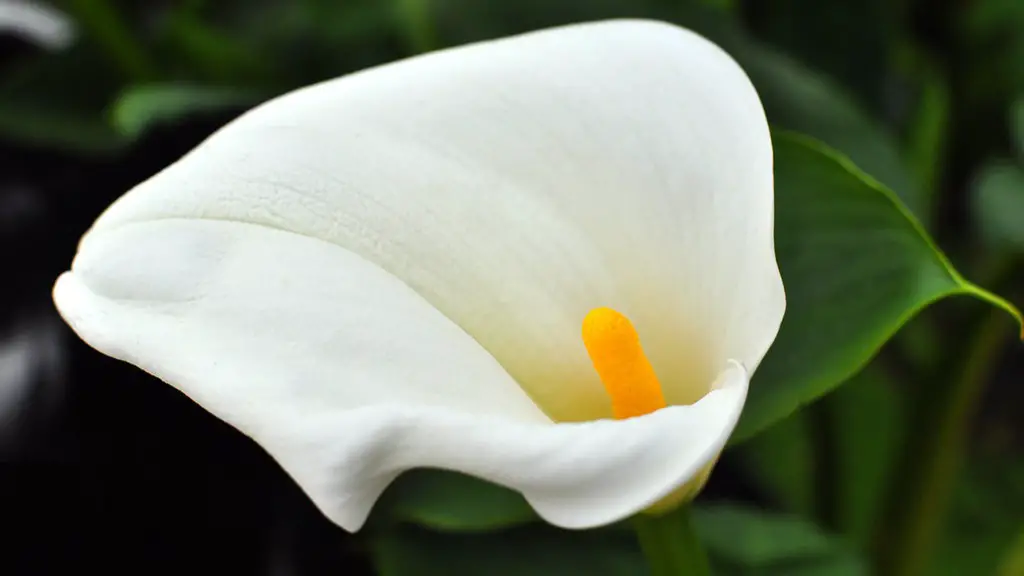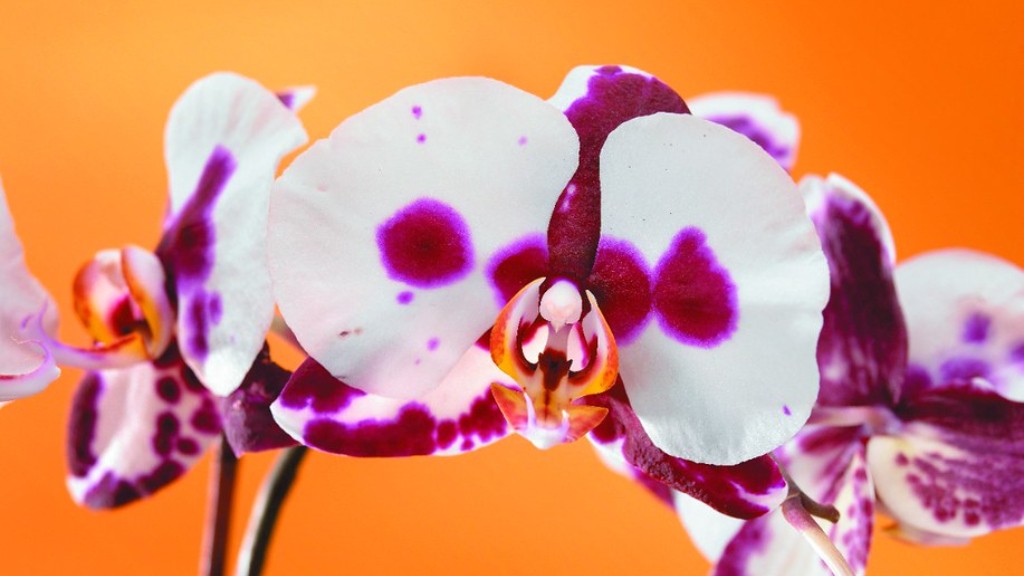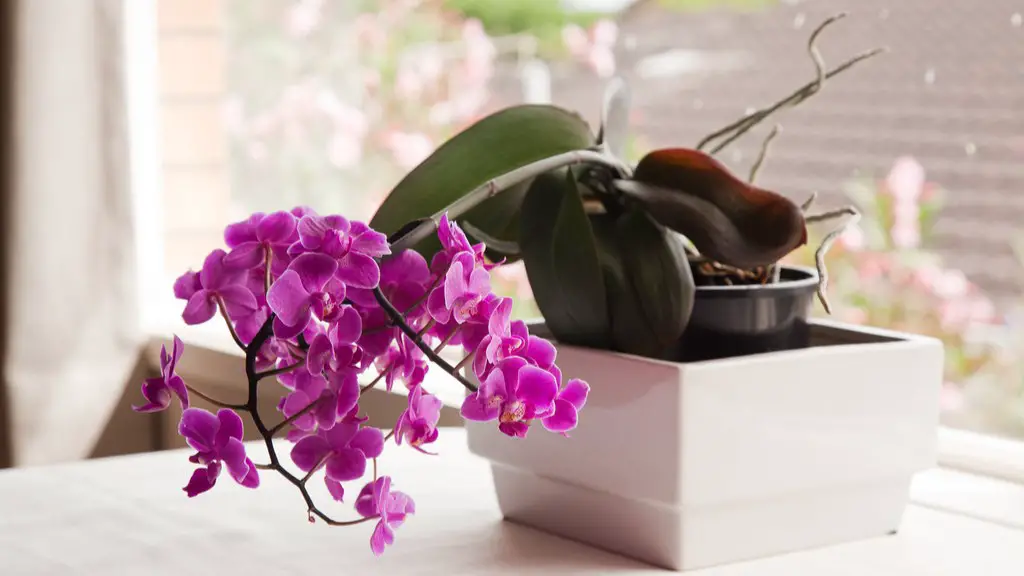If your orchid isn’t blooming, don’t despair! With a little bit of care, you can encourage your plant to bloom again. Phalaenopsis orchids are especially easy to re-bloom, and with just a few simple steps, you can have your plant flowering in no time.
There are a few things you can do to encourage your Phalaenopsis orchid to bloom again. Start by providing it with the right type of light. These plants prefer bright, indirect sunlight. If you can, place your orchid near an east- or west-facing window.
Next, make sure you’re watering your plant correctly. Orchids like to be kept moist, but not soggy. Water your orchid once a week, allowing the potting mix to dry out slightly in between watering.
Finally, don’t forget to fertilize your orchid on a regular basis. Use a balanced fertilizer formulated for orchids, and apply it according to the package directions.
How long does it take for a Phalaenopsis orchid to rebloom?
The flowers of a phalaenopsis orchid usually bloom for several months, and the plant can be pollinated again during this period. It can take anywhere from 9 to 14 months for an orchid to complete a life cycle. If it does not die, it can typically re-bloom once every 8 to 12 months.
Most phalaenopsis species are native to areas close to the Equator and do not need a specific photoperiod to induce flowering Instead, it is the low temperature that triggers phalaenopsis to start the flowering process.
When the temperature drops below 18°C (64°F), phalaenopsis will start to develop flower buds. The buds will take around 6-8 weeks to fully develop and open. Once the flowers are open, they will last for around 4-6 weeks.
If you want to encourage your phalaenopsis to flower, you can replicate these conditions by placing the plant in a cool room (around 15-18°C or 59-64°F) for 6-8 weeks. Once the buds have developed, you can then move the plant to a warmer location to encourage them to open.
What do I do when my Phalaenopsis stops blooming
If you want to encourage your plant to produce more flowers, you can cut back the stem to the nearest bud. This will stimulate the plant to produce another flower stem over the next few months.
It is best to remove the flower spike entirely if the stem starts to turn brown or yellow. This will help the plant to focus its energy on new growth.
Do Phalaenopsis orchids Rebloom on the same stem?
If you want your Phalaenopsis orchid to re-bloom, you’ll need to give it a little extra care. Keep the plant in a bright location, but out of direct sunlight. Water it regularly, and fertilize it monthly. Once the old spike starts to wither, cut it back to about an inch above the base. With a little extra care, your Phalaenopsis orchid should re-bloom in no time!
The Phalaenopsis orchid, also known as the moth orchid, is a popular choice for indoor plants. This is due to its ability to rebloom on the same stalk, which is not the case for other types of Orchids. In addition, the Phalaenopsis Orchid is easy to care for, making it a great option for those who are new to growing Orchids.
Can you force an orchid to rebloom?
Orchids are one of the most beautiful flowers in the world. They come in many different colors and sizes and can bloom all year round. Some people believe that orchids are difficult to care for, but with a little know-how, they can be easy to grow and thrive.
One type of orchid that is especially beautiful and easy to care for is the moth orchid. Moth orchids bloom throughout the winter and into spring. They react to a marked change in temperature, blooming when there’s a 10-15 degree change in temperature between daytime and nighttime.
If you want to encourage your moth orchid to rebloom, you can try moving the pot to a cooler location at night. This will trick the orchid into thinking it’s experiencing a change in seasons, and it should start to bloom again. With a little effort, you can enjoy the beauty of moth orchids all year long!
If you want to encourage your orchid to produce a new flower spike, you’ll need to provide it with cooler temperatures. Place the plant in an area with a lower room temp, around 55-65°F at night. You could also try placing it in a window away from the heater. We’ve had the best success getting new flower spikes in winter, when our homes and their windows aren’t as warm.
Are coffee grounds good for Phalaenopsis orchids
Coffee grounds are rich in nitrogen and other minerals, making them an excellent choice for fertilizer, especially for orchids and African violets. Be sure to moisten the potting mix before applying coffee grounds, as they can burn the roots if they’re completely dry.
Orchids are beautiful flowers that can last for a long time, but they typically bloom just once a year. If you want to keep your orchid blooming, you can cut the flower spike and continue watering and feeding it. Or, you can move it to a colder location. Once the flower spike is gone, you can return the orchid to a warm location.
Why has my orchid not bloomed in 2 years?
One of the most important requirements for orchids is sufficient light. Orchids need light in order to produce flowers, and insufficient light is the most common cause of failure to re-bloom. The leaf color of an orchid can indicate whether the amount of light is adequate. If the leaves are green, then the light is sufficient. If the leaves are yellow, then the light is too strong. If the leaves are red, then the light is too weak.
If your orchid is not blooming, the most common reason is insufficient light. Some varieties of orchids need more light than what is provided by a windowsill, so make sure to provide them with enough light.
How long does it take for an orchid to rebloom
Dormancy is an important part of an orchid’s life cycle. During this stage, the plant has time to replace nutrients that were used during blooming. This dormancy usually lasts six to nine months. After that, your orchid will have the energy to bloom again.
For healthy, green spikes: Find a node under the lowest flower bloom. Trim 1 inch above that node, or bump, on the orchid spike. For unhealthy, brown spikes: Cut all the way back to the base of the plant. For double-spike orchids: Cut one spike at the base of the plant.
What does an orchid look like when it needs to be repotted?
Eventually, every Orchid grows to a point where it becomes too large for its pot. At this time, the roots of the Orchid begin to push the plant up and out of the pot, in search of more space. If you see your Orchid doing this, it’s a sure sign that it’s time to repot it into a larger container.
If you want to encourage your orchid to grow healthier roots and have a full bloom in the next year, then you should cut the stem all the way down to the base of the plant. This is the best way to encourage the plant to focus on growing healthier roots. The healthier the root system is, the happier your orchid is going to be.
Can I cut the extra roots off my orchid
You should not remove healthy air roots from your plant as it could harm your plant. In homes with low humidity, air roots can turn yellow and shrivel.
If you’re noticing a spike forming on your orchid, don’t worry – this is perfectly normal! It can take up to three months for a new spike to grow, so be patient. In the meantime, make sure to keep your orchid healthy by watering it regularly and keeping it in a warm, humid environment.
Warp Up
Phalaenopsis orchids are beautiful, long-blooming flowers that make a stunning addition to any home. While these orchids are relatively easy to care for, they can sometimes stop blooming. If your Phalaenopsis orchid has stopped blooming, there are a few things you can do to encourage it to bloom again.
First, check your watering schedule. Overwatering is one of the most common reasons why Phalaenopsis orchids stop blooming. These plants like to be kept moist, but not soggy. Let the top inch of soil dry out before watering again.
Next, check your light situation. These plants need bright, indirect light to bloom. If your orchid is not getting enough light, it may stop blooming. Move it to a brighter spot, but be sure to keep it out of direct sunlight, which can scorch the leaves.
Finally, give your orchid a little bit of fertilizer. Phalaenopsis orchids need to be fertilized about once a month during the growing season. Use a balanced fertilizer formulated for orchids and follow the package directions.
With a little bit of care, your Phalaenopsis orchid will
If your Phalaenopsis orchid has stopped blooming, don’t despair. With a little bit of effort, you can bring it back to bloom. First, make sure that it is getting enough light. It should be in a spot that gets bright, indirect sunlight. If it is getting too much or too little light, that can affect blooming. Second, water it regularly, letting the soil dry out slightly between waterings. Over-watering can lead to root rot, which will prevent blooming. Third, fertilize it once a month with a balanced fertilizer. Be careful not to over-fertilize, as that can also lead to problems. With a little TLC, your Phalaenopsis orchid will be blooming again in no time!
